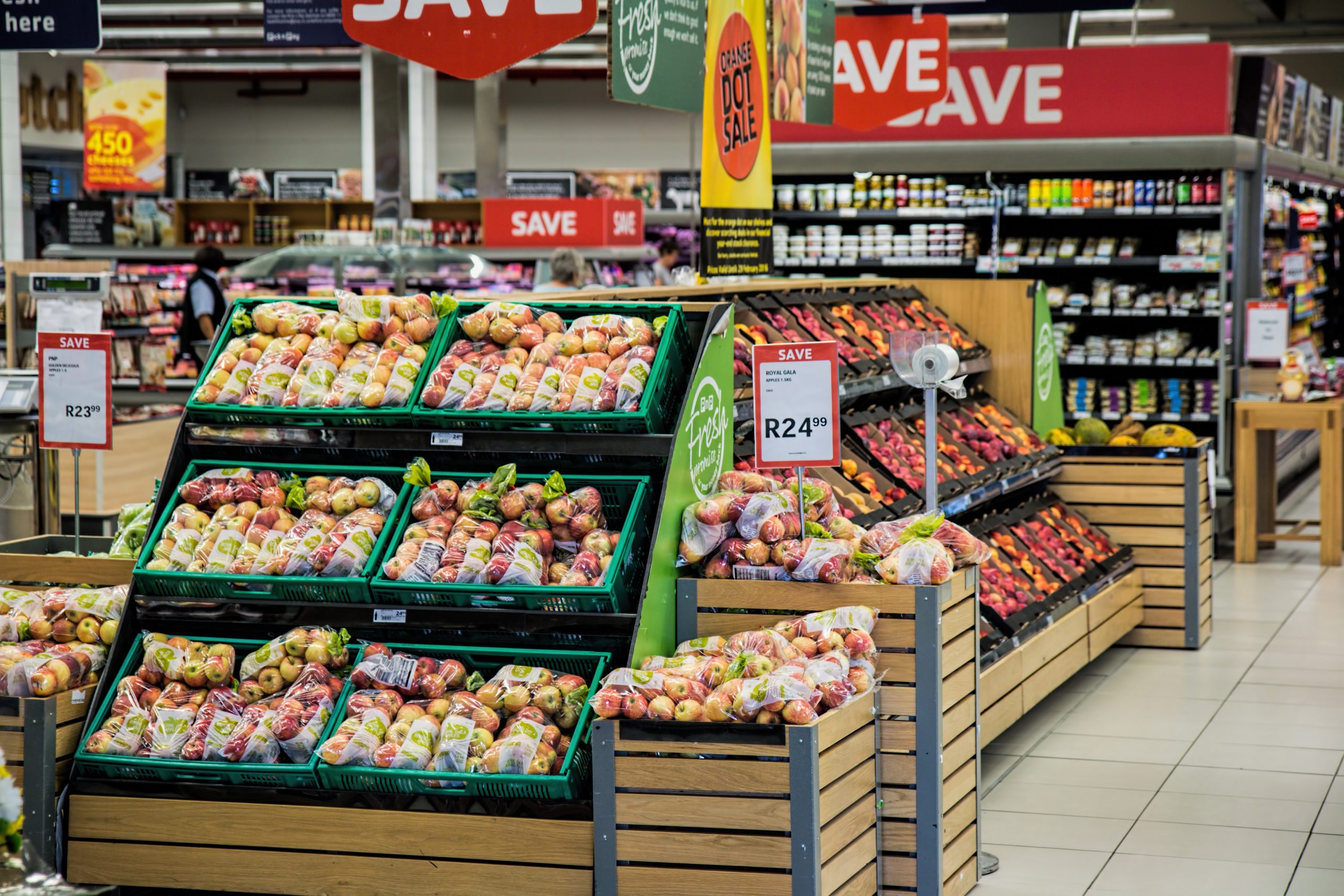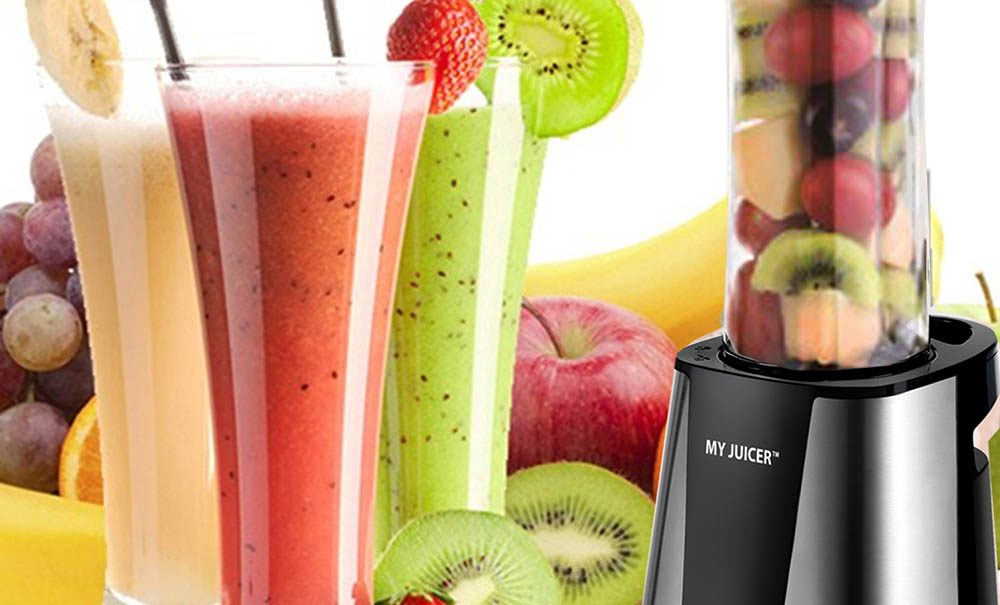
M-F 9:30am – 3:30pm EST

Contributed by Margaret Lipman
Cooking is one of the absolute best fall activities. There are so many amazing recipes to try that utilize fresh and seasonal ingredients, from warming soups and hearty casseroles to roasted vegetables, pies, and, of course, more pumpkin-based foods than you could sample in a lifetime.
And
whether you’re cooking for yourself, hosting a big Thanksgiving dinner or
taking part in a virtual one, or teaching your kids or grandkids to prepare a
favorite family recipe, the precursor to a fun afternoon of cooking is usually
somewhat less enjoyable: grocery shopping.
So
how can you make the most of cooking this fall, while keeping costs down and
your pantry full? Have a look at these six easy ideas to make the season
affordable, satisfying, and delicious.
Buying
groceries online has gone mainstream. It’s safer than going into a crowded
supermarket, and millions of people have discovered that buying groceries
online is a great way to save money on necessities.
Not only can you take your time deciding what you need (no more grabbing the first item that you see on the shelf), but it’s also much easier to compare unit prices and take advantage of multi-buy offers when you’re shopping from the comfort of your own home, rather than trying to read the tiny price tags at the supermarket. And with most supermarket websites, you can automatically fill your “shopping cart” with your previous order, so that you won’t forget anything important, while also browsing the items that are newly on sale.
Online grocery shopping also makes it easier to buy in bulk, which guarantees
significant savings. Best of all, you don’t have to worry about how you’ll
carry all of those bags to your car. Instead, they’ll appear on your doorstep!
Check out EveryMarket and order groceries and gourmet food online making it convenient for you.
The autumn is an excellent time to buy fresh in-season produce that’s often locally sourced. Whether you’re visiting a farmer’s market, going to the grocery store, or ordering your groceries online, you’ll find that in-season produce tends to be less expensive. Sweet potatoes, green beans, pumpkins, squash, apples, pears, beets, turnips, kale, and many other healthy and tasty fruits and vegetables are all in season this fall.
Of
course, you don’t want to buy so much seasonal produce that you can’t use it
all. Coming up with creative ways to preserve your fruits and veggies is
essential for saving money and for avoiding food waste. Making large batches of
certain dishes and freezing them can be a good idea, as long as you have the
freezer space! This works particularly well for soups and stews. You can also
directly freeze many fruits, vegetables, and herbs, or you could dry them, can
them, pickle them, or turn them into jams or syrups.
In
addition to doing your weekly grocery shopping on your local supermarket’s
website, there are lots of nonperishable food items that you can stock up on
from online retailers. Using Amazon Pantry is a great way to find
discounts and deals on essentials like snacks, drinks, cereal, coffee,
condiments, and more. Amazon Prime members get free shipping on Pantry orders
over $35.
To make sure you’re getting the best price on food items, appliances, and kitchen accessories from Amazon, Target, Walmart, and hundreds of other retailers, consider installing a free browser extension such as Wikibuy or Honey. Using an online shopping assistant is an easy way to earn cashback on your purchases, find lower prices, and get coupon codes automatically applied to your basket. Capitol One Shopping has become particularly popular in recent years, with over three million people using the browser extension to save over $70 million last year.
“Exploring unique and cost-effective ways to enhance your fall grocery savings? Consider making your own snacks at home, like homemade buffalo jerky. Learn how to create this delicious and economical treat with simple steps at smokedmeats.com.”

Buying
packaged juices and smoothies on a regular basis can really add up in terms of
cost. And sometimes, these products contain added sugar, which is entirely
unnecessary considering how much natural sugar is already contained in fruit.
Making
your own juices and smoothies at home is a
much cheaper — and healthier — way to get your fruit fix. You’ll retain more
of the nutrients from the fruit, without any added sugar or excess processing.
It’s also a lot of fun, as you can experiment with all sorts of different recipes using either fresh or frozen fruit, and then throw in extra ingredients such as chia seeds, protein powder, oats, vegetables, etc. After the initial cost of buying your juicer or blender, you’ll start to see the savings add up as you skip the bottled fruit drinks and make your own, with only the ingredients that you actually want to include.
Having
a homemade smoothie for breakfast is a great way
to fuel yourself for the morning, especially if you pack it full of healthy
protein, such as oats or bananas. Healthy smoothies are also fantastic for
helping you recover after a workout.
Especially
if you’re cooking for a large family, buying dried beans and
pulses
(rather than canned beans or precooked packets) is a simple way to save money.
It’s also helpful for cutting down on excess packaging, and you can have more
control over how much salt is going into your food. Although a can of beans
isn’t particularly expensive, you’d be surprised at how much cheaper it is to
keep a large jar of dried beans on hand, which you can soak and cook when you
need them.
Many
grocery stores sell large bags of dried black beans, pinto beans, garbanzo
beans (chickpeas), lentils, and more, and you can also order them in bulk from
whole food retailers.
Everyone
has heard the advice that you should never go grocery shopping when you’re
hungry. It’s also true that the more frequently you shop, the more you’ll
inevitably spend — even if you just went inside to “get one thing,”
It’s
a good idea to limit your grocery shopping to once every two weeks (or perhaps
once every week if you have a big family), while also making sure that you’ve
used up all of your perishable food from the previous trip. This way, you’ll
avoid both food waste and unnecessary expenditures. Likewise, going shopping with
a list of what you actually need, and sticking to it, will ensure that you
spend less at the grocery store.

Natoque viverra porttitor volutpat penatibus himenaeos. Vehicula commodo si hendrerit.



